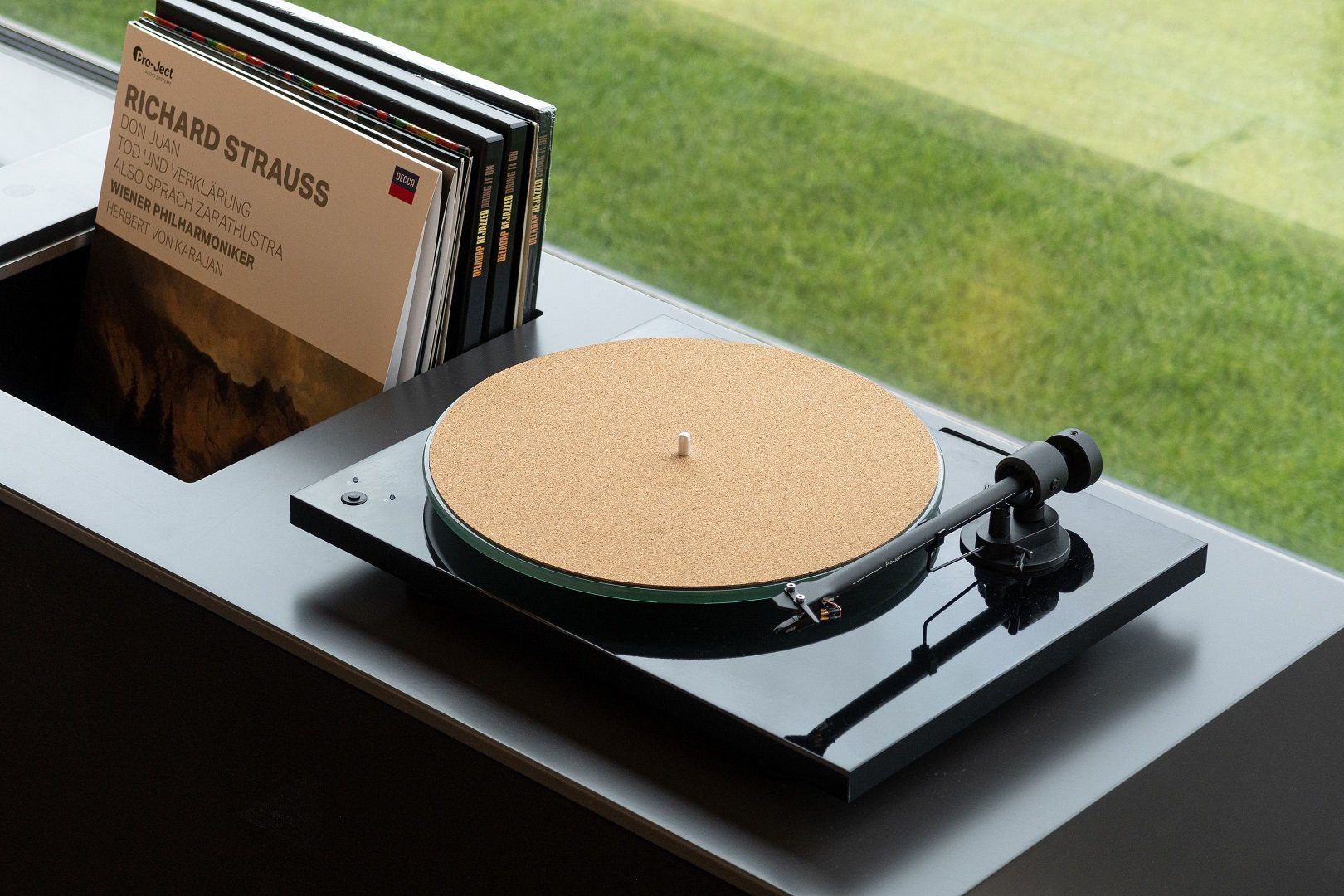Welcome to 45supply.com

How to Choose the Right Slipmat
Choosing the right slipmat for your turntable is essential for both protecting your vinyl records and optimizing sound quality. Slipmats come in various materials, thicknesses, and designs, each offering different benefits and features. Here are some key factors to consider when selecting a slipmat:
Material
1. Felt:
Felt slipmats are the most common and versatile option. They are soft, reducing friction and static buildup. Felt slipmats are great for general use, providing smooth rotation and minimal noise. However, they may attract dust and require regular cleaning.
2. Cork:
Cork slipmats are known for their anti-static properties and excellent vibration absorption. They offer a firm grip on records, reducing slippage, and can enhance sound quality by minimizing unwanted resonances. Cork slipmats are ideal for audiophiles seeking improved audio performance.
3. Rubber:
Rubber slipmats provide a strong grip and are highly effective at dampening vibrations. They are durable and easy to clean, making them a practical choice for long-term use. However, rubber slipmats can be heavier and may not offer the same level of smooth rotation as felt or cork.
4. Acrylic:
Acrylic slipmats are rigid and provide a smooth, flat surface for records. They are effective at reducing static and improving sound quality by minimizing vibrations. Acrylic slipmats can also be visually striking, adding an aesthetic appeal to your turntable setup.
5. Leather:
Leather slipmats combine durability with a unique aesthetic. They offer a good balance of grip and slip, reducing static buildup and providing a smooth surface for records. Leather slipmats are less common but can be an excellent choice for those looking for a stylish and functional option.
Thickness
The thickness of a slipmat can affect the height and alignment of the tonearm. Thicker slipmats can provide better isolation from vibrations and improve sound quality, but they may require adjustments to the tonearm height to maintain optimal tracking. Thinner slipmats are less likely to necessitate such adjustments but may offer less vibration dampening. It’s essential to consider the compatibility of the slipmat thickness with your turntable setup.
Sound Quality
Different slipmat materials and thicknesses can impact sound quality in various ways. Slipmats that reduce static and dampen vibrations can enhance the clarity and detail of audio playback. Cork and acrylic slipmats are particularly known for their sound-enhancing properties. It’s important to experiment with different slipmats to find the one that best complements your audio preferences and turntable setup.
DJing vs. Listening
1. DJing:
For DJs, slipmats that offer minimal friction and allow for easy cueing and scratching are essential. Felt slipmats are a popular choice for DJs due to their smooth rotation and ease of manipulation. Slipmats designed specifically for DJing often feature enhanced slip properties and are more durable to withstand rigorous use.
2. Casual Listening:
For casual listening, slipmats that provide good static reduction and vibration dampening are more important. Cork, rubber, and acrylic slipmats can enhance sound quality and provide a stable surface for records, making them ideal for home listening setups.
Design and Aesthetics
Slipmats come in a wide variety of designs, from plain and understated to vibrant and artistic. While aesthetics may not affect performance, a slipmat that matches your personal style and turntable setup can enhance the visual appeal of your audio system. Customizable slipmats are also available, allowing you to add a personal touch to your turntable.
Maintenance and Care
Consider the ease of cleaning and maintenance when choosing a slipmat. Felt slipmats may attract dust and require regular cleaning, while rubber and acrylic slipmats are easier to wipe clean. Keeping your slipmat clean and free from debris is important to ensure optimal performance and longevity.
Conclusion
Selecting the right slipmat involves considering various factors, including material, thickness, sound quality, intended use, design, and maintenance. By carefully evaluating these aspects, you can find a slipmat that not only protects your records and enhances your listening experience but also reflects your personal style and complements your turntable setup. Whether you prioritize sound quality, aesthetic appeal, or DJing functionality, the right slipmat can make a significant difference in your overall vinyl experience.

